What is Photo Aspect Ratio? Photography Basics Explained
Last Updated on
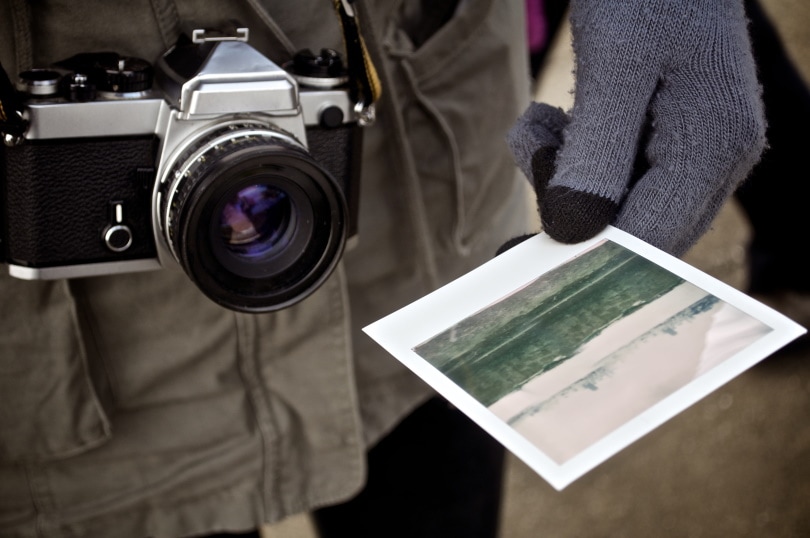
What is aspect ratio in photography, and how does it affect the outcome of your photos? You’ve probably heard this term before but weren’t sure what it meant. Let’s dive into what this term means and how we can apply aspect ratio when taking photos. They vary between television, movies, and photos, and within the realm of still photography, today, we must consider the medium in which our images are being viewed.
That may sound like a lot to take on board but let’s start to unpack this and see if we can simplify ratios.

Aspect Ratio Defined
Aspect ratio is a reference to the width and height of an image. The ratio is expressed by two numbers separated by a colon (for example, 3:2). The first represents the width, and the second represents the height. These are not measurements but a way to express the relationship between the two sides of a rectangle.
If our ratio is 1:1, we have a square. If it’s 2:1, we have a rectangle that is twice as wide as it is tall. Our televisions, computer monitors, and nearly every painting or photo we’ve ever seen is usually a rectangle, not a square. Movie theater screens are wide rectangles with films being shot in an aspect ratio that allows the viewer to experience the images in a certain way. It is essential to understand that photos can be measured in any unit we choose, regardless of the ratio.
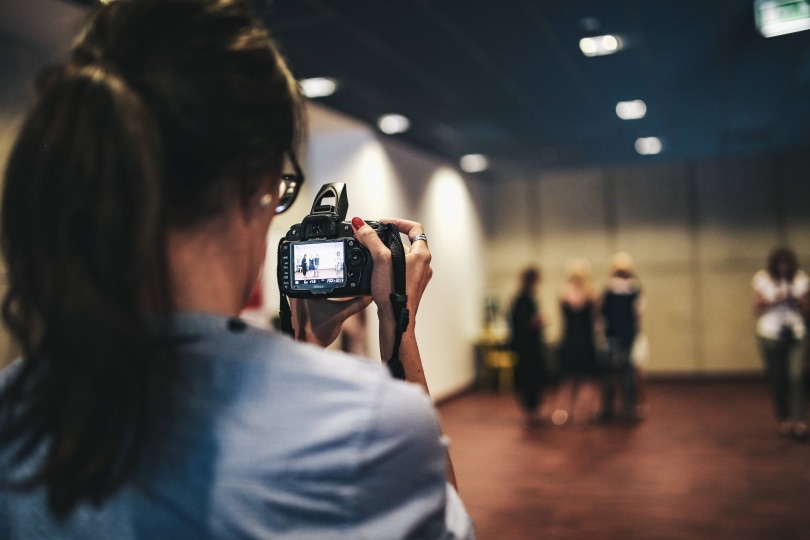
Why Is Aspect Ratio Important to Understand?
Aspect ratios help us decide how a photo will be seen. Today, most of our monitors and televisions use a 16:9 ratio (16 units wide and 9 units high), giving a wide view of an image. However, it’s important to remember that this is not a measurement but a reference to the difference between the two sides. It’s all about shape; the shape of a rectangle that we fill with a photo. Simple enough, right? Let’s take a look at why the ratio is essential to the composition of a photograph.
When presenting an image, we must consider how the viewer sees it. This can be a unique experience for each viewer if it is on television, on a computer monitor, or, more commonly now than ever, on our phones. We do so much on our phones today: shopping, ordering food for delivery, peer-to-peer contact through social media. Therefore, it is necessary that the experience be as enjoyable as possible, and images are almost always a part of these processes.
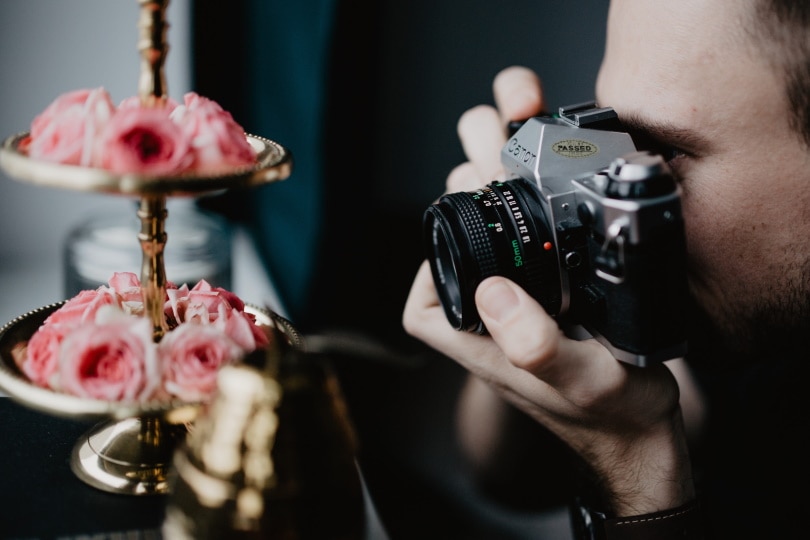
What Are Some Commonly Used Aspect Ratios?
Let’s begin learning about common aspect ratios by looking at our phones (the digital camera that we all own and is with us all the time). If we hold our phones vertically, we have the option of 3:4 (3 units wide, 4 units tall), 1:1 (a square), 9:16, or simply fill the whole screen with the image. When we turn them horizontally, we can toggle between 1:1, 4:3, 16:9, or a full screen (see the inverse pattern?). These options are pretty standard today on digital cameras, and many offer the ability to set the ratio that we want ahead of time, allowing us to see how the photo will look before we take it. By practicing with these options, we can begin to understand how the ratio affects our presentation.
What Do We Do With This New Knowledge?
Now that we know what the aspect ratio is, we can approach all our photoshoots with an understanding of how images are seen through this formatting. Aspect ratio allows us to crop our photos to display what we want the viewer to see in a natural, appealing way. We can also easily crop photos in post-production, which sometimes needs to be done to allow a photo to fit correctly into a given format. Both images and script formatting are viewed differently on computer monitors and phones. So, if we plan to use a single photo in various forms, we may have to shoot in a single determined aspect ratio and afterward crop the image to fit any format for which the ratio was not ideal.
Most digital SLRs shoot in a 3:2 ratio (however, we have the option to set it differently). So, let us consider what we are photographing before we set our ratio and shoot. What would be ideal if we were taking a picture of one of our pets versus taking a landscape shot, say a sunset on a beach? Our dog may look just right in a 3:2. This standard ratio fits perfectly into a 4×6 print. When turned on its side, we have a 6×4, a perfect 3:2 ratio. Of course, we can go bigger; 12×8 or 36×24. Whatever we decide, the ratio fits perfectly, and we do not have to crop any of our precious images.
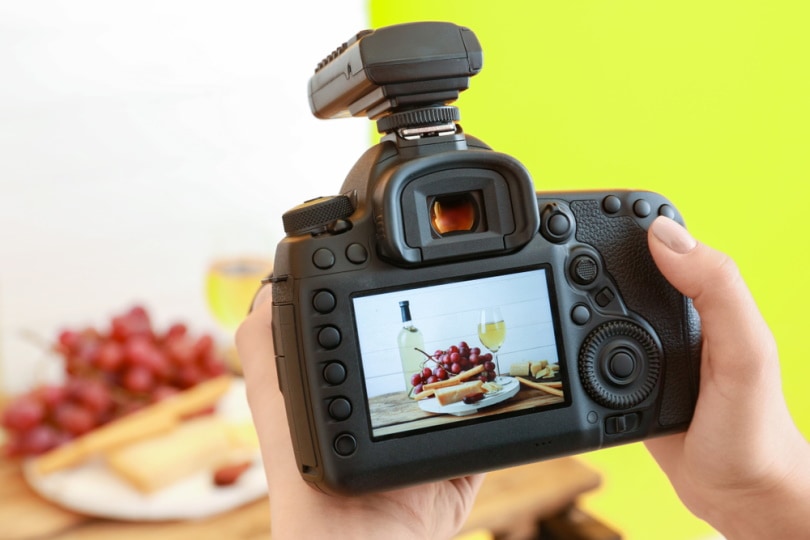
But what about that beautiful sunset? How does the proper aspect ratio assist us in capturing the entire horizon? Here, a wider shot is almost certainly more appropriate. 16:9, another standard ratio, is a much wider shot that can capture a broader image. It gives us a near 2-to-1 rectangle, allowing our eyes to scan widely from side to side through our field of vision.
What do we do if we’re taking a photo that we want to use in a mobile format? Sure, we use our social media platforms on our home computers and laptops, but we increasingly use them on our mobile devices. A picture of a person taken with a phone and showing up on a social media post may want to be taken in a different ratio than the common 3:2. Something that gives the photo a vertical aspect, as that is how we tend to view our phones.
Maybe 2:3 is appropriate, a common option. This would be two units wide and three units down, a tall rectangle. Or a 9:16, the 16:9 ratio turned 90 degrees. Whatever we decide is best for our needs, understanding how to set the ratio in advance lets us see what the final product will look like as we were viewing the subject. Instagram’s vertical portrait ratio is 4:5 (4 units wide, 5 units high). But this ratio might not work well for everything, so we need to make considerations.
Practice Makes Perfect
Before there were digital cameras, 35mm film was shot in a 3:2 ratio, and it could not be changed. All we could do was physically crop the photos after they were developed. But with the now-widespread use of digital cameras, we have the option to choose a ratio before we shoot.
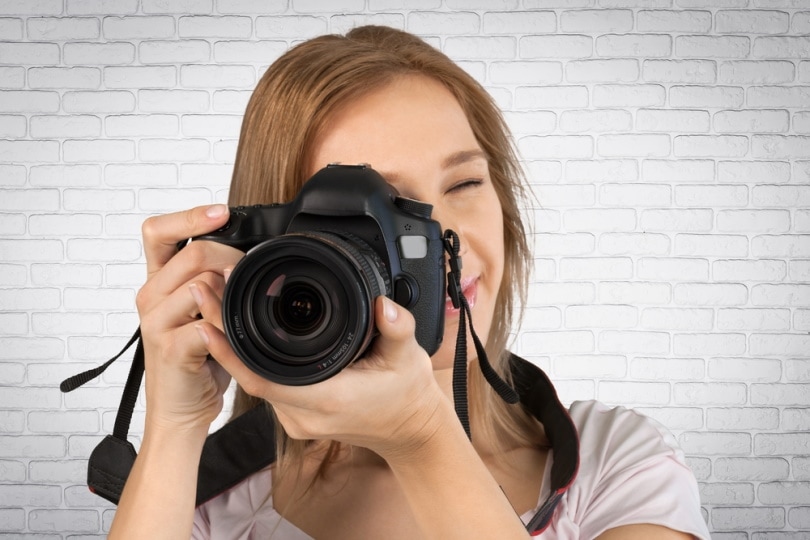
Still, we may find it easier to simply shoot our photos in one standard aspect ratio (3:2, for example) and merely crop them later. Of course, this may affect the quality of our final product, but with some practice, we can learn how to use the options available to us on our cameras.
And remember, if we take a photo on our phone in a 4:5 for Instagram, this may look great when viewed on our phone but become distorted, stretched, or cropped when viewed on our computers. But practice makes everything easier. Don’t get discouraged. With enough time, we can all become pros!
Featured Image Credit By Piqsels
About the Author Robert Sparks
Robert’s obsession with all things optical started early in life, when his optician father would bring home prototypes for Robert to play with. Nowadays, Robert is dedicated to helping others find the right optics for their needs. His hobbies include astronomy, astrophysics, and model building. Originally from Newark, NJ, he resides in Santa Fe, New Mexico, where the nighttime skies are filled with glittering stars.
Related Articles:
What Is the Best Binocular Magnification for Hunting? Optical Features Explained
How to Clean a Refractor Telescope: Step-by-Step Guide
How to Clean a Telescope Eyepiece: Step-by-Step Guide
How to Clean a Rifle Scope: 8 Expert Tips
Monocular vs Telescope: Differences Explained (With Pictures)
What Is a Monocular Used For? 8 Common Functions
How to Clean a Telescope Mirror: 8 Expert Tips
Brightfield vs Phase Contrast Microscopy: The Differences Explained
